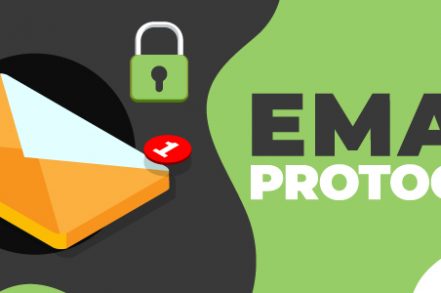This tutorial explains the three most popular email protocols: POP3, IMAP, and SMTP. Each protocol has a unique function and works differently. You can choose the best configuration for your email needs based on your specific requirements.
What are the Different Email Protocols?
Multiple email protocols are involved when it comes to email accounts. This can make it very confusing if you don’t know which protocols exist for your email. Each protocol has slightly different functionality. The most common protocols are IMAP, POP3, and SMTP.
These are just a few of the many protocols one might encounter when accessing an email client. The server settings can be accessed based on which email client is being used to access the protocol details.
What is POP3?
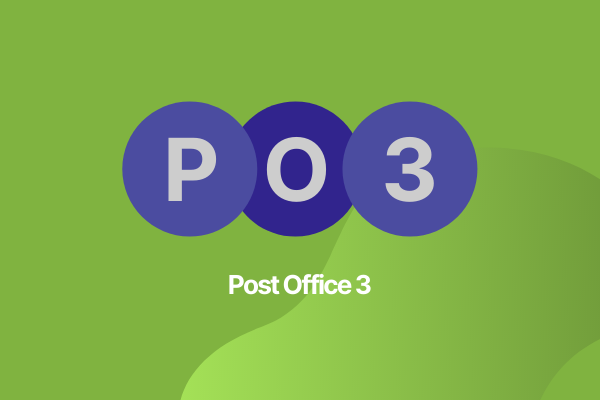
POP3 stands for Post Office 3 protocol and is used for receiving email messages. POP protocol simply connects to the mail server and retrieves the mail content. This simple, and standard, way allows users to quickly access mailboxes and download messages to their devices.
Users can configure server settings with POP3. This allows mail copies to be saved on the server or to move all emails without leaving any copy. This setting is usually configurable.
POP3 has the greatest advantage among all email protocols: it is less dependent on the Internet. Even if you don’t have access to the Internet, you can download all emails and then read them in your free time.
The email client determines how these emails are stored locally. This is a good option if you prefer to read your emails offline. This not only saves space but also allows you to store messages locally.
POP3 default ports are:
- Port 110 – POP3 default non-encrypted port
- Port 995 – Default port to secure connections.
What is IMAP?
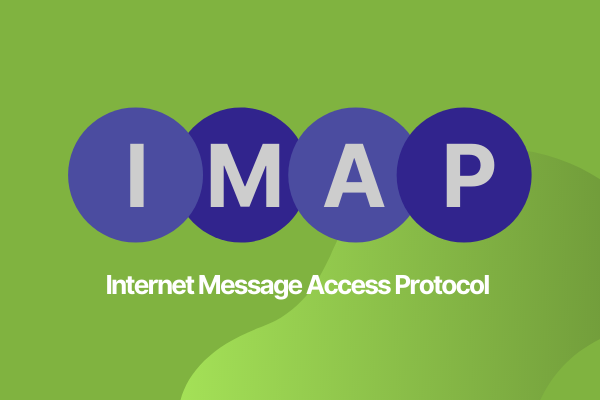
IMAP stands for Internet Message Access Protocol and is used for receiving email messages. This protocol is used to access email on a remote server from a local client. The Internet server receives and holds the emails.
The mail sync is the biggest difference between POP3 and IMAP. POP3 assumes that users will only be connected to one device. IMAP can be used on multiple devices simultaneously.
IMAP requires that users are always connected to the Internet. A mailbox is connected to an external server when a user accesses it. This is especially useful when there are multiple users.
IMAP works well with a low internet connection because it only downloads emails from the server when a user requests to read a particular email.
IMAP default ports are:
- Port 143 – This is the default port that is not encrypted.
- Port 993 – This is the default port for secure connections.
What is SMTP?
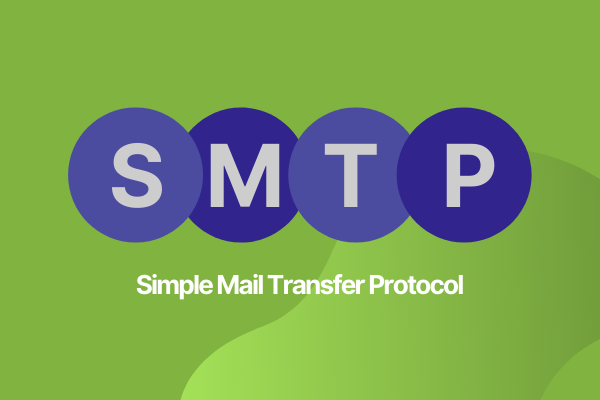
SMTP stands for Simple Mail Transfer Protocol. This is the standard protocol for sending emails over the Internet. This protocol is used by a Mail Transfer Agent for sending emails to the recipient’s mail servers.
SMTP is the most widely used protocol for mail transfer between servers. This protocol does not require email authentication, unlike IMAP and POP3.
Some Internet Service Providers block the default port 25 for SMTP. In these cases, the mail server will provide an alternate port.
The default port for SMTP server is:
- Port 25 – This is the default non-encrypted port.
- Port 2525 – This port is open on all servers in case port 25 is blocked.
- Port 465 – The default port for secure connections.
What is HTTP?

This is a well-known protocol that stands for HyperText Transport Protocol. This protocol is not specific to email. HTTP is used to access web-based email. Hotmail and Gmail are two examples of HTTP being used as an email client.
This allows you to compose and retrieve emails from a web-based account.
The default port for HTTP is:
- Port 80 – This port is non-encrypted by default.
- Port 443 – This is the default port for secure connections.
What is EAS?
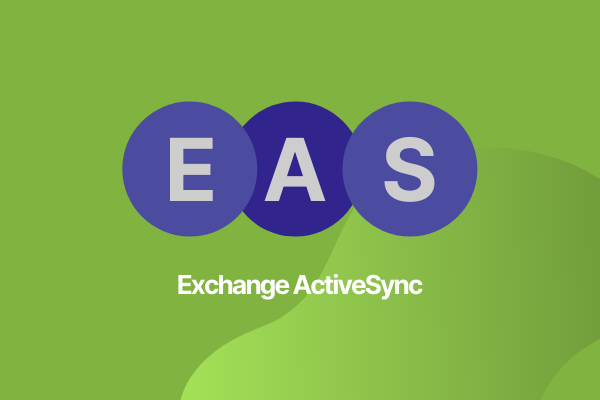
EAS stands for Exchange ActiveSync. This is used by Exchange servers such as Microsoft Exchange. This syncs not only mail but also contacts, calendars, and notes. Users can sync their calendars and contacts across multiple devices.
POP vs. IMAP
Keep in mind that modern email clients can support both IMAP4 and POP3. These two protocols also have TLS/SSL encrypted ports.
POP protocol is the clear winner in terms of Internet connectivity. IMAP4 is heavily dependent on a strong connection and uninterrupted work by servers.
Which email protocol should you choose?
Now you know that there are two protocols for sending emails (SMTP) as well as one protocol for receiving them (POP3 or IMAP4). Now, the question is how do you choose the right one?
Here’s how you can configure an email client to protect your privacy and test a new email marketing tool or automation.
SMTP is the only email protocol that you should use. It’s an essential component of your email infrastructure — without it, you wouldn’t be able to send any type of transactional or marketing emails. Your task is to choose the best SMTP ports. As we mentioned before, we recommend that you prefer encrypted ports to standard ones.
Track emails, email reminders & templates in Gmail for free
Upgrade Gmail with the features it’s missing
Add to GmailDavid Campbell
David Campbell is the editor of the Right Inbox blog. He is passionate about email productivity and getting more done in less time.
